Control 2022 before the start
Control 2022 is in the starting blocks: The leading quality assurance trade fair will take place in Stuttgart from May 3 to 6, 2022. After the pandemic-related break, the leading trade fair for metrology wants to live up to its reputation again as the ideal forum for personal contact and business exchange. Because the need for professional discussion about new developments in [...]
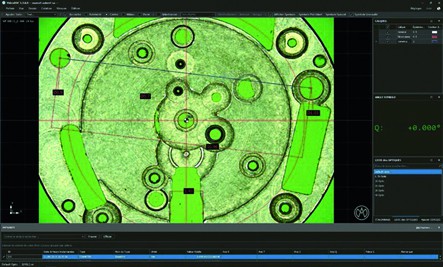
Wide range of innovations - also from Swiss exhibitors
Solutions and systems in measurement and testing technology, materials testing, analysis equipment, vision technology, image processing, sensor technology as well as weighing and counting technology have been significantly developed over the past two years and are waiting for an interested trade audience at Control 2022. Here is a - very small - selection of products presented in the field of dimensional metrology:- VIDEODOC by Marcel Aubert SA, Biel: This parts documentation software works in conjunction with digital optics. It includes a mouse-wheel controlled digital zoom and convenient measurement functions. Predefined symbols can also be superimposed on the image to compare geometries. This application makes it possible to draw over the image and, most importantly, add dimensions with just a few clicks. The results can be exported to an Excel spreadsheet. (Hall 4, Booth 4102)
- Efficient measuring process through motorized parts rotation from dk Fixiersysteme GmbH & Co. KG, Deutlingen: Rotationally symmetrical parts must be rotated over the entire circumference or into specific angular positions for optical or tactile measurement. Both the mechanical rotation and the assignment of the rotation angle to the corresponding measured value can be greatly simplified by using a motor drive with encoder. A standard solution for the controlled drive of jaw chucks, collets and tailstock centers of various types and sizes, as well as with and without a counterholder, will be on display. (Hall 3, Booth 3407)
- IMS PREMIUM from IMS AG, Root: The software solution for quality management has an ergonomic user interface. The intuitive operation also comes into play in process execution. Workflow-driven processes and forms are presented in a user-friendly manner and enable easy-to-use, automated information and task control. Thanks to numerous integration options, workflows can be seamlessly continued in other software. (Hall 8, Booth 8307)
- SQUARE-check from Kunz precision AG, Zofingen, is a completely autonomous squareness measuring device with a high-precision sliding guide. The mirror-smooth guide surface ensures uniform sliding of the measuring carriage and high system accuracy. It is fully workshop compatible, easy to operate and independent of air and electrical connections. (Hall 4, Booth 4420)
- Verisurf Software, Anaheim, CA, USA, presents the new version 2022 of its universal measurement software. The new version accelerates automated inspection processes with fast, automatic feature recognition and point-and-click programming of inspection routines. According to the vendor, it is the only metrology software built on a full 3D CAD platform that supports all CAD formats, as well as all portable measuring arms, laser trackers, scanners, and manual and programmable CMMs through a common interface. (Hall 3, Booth 3314)
This article originally appeared on m-q.ch - https://www.m-q.ch/de/control-2022-vor-dem-start/











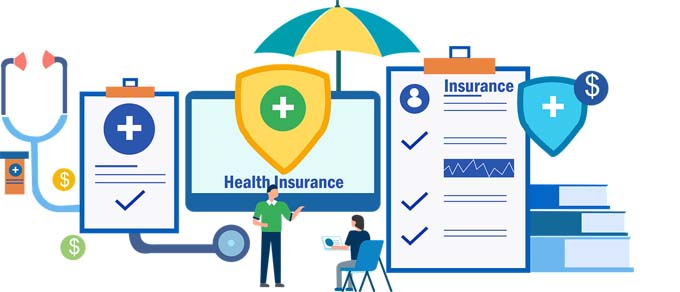
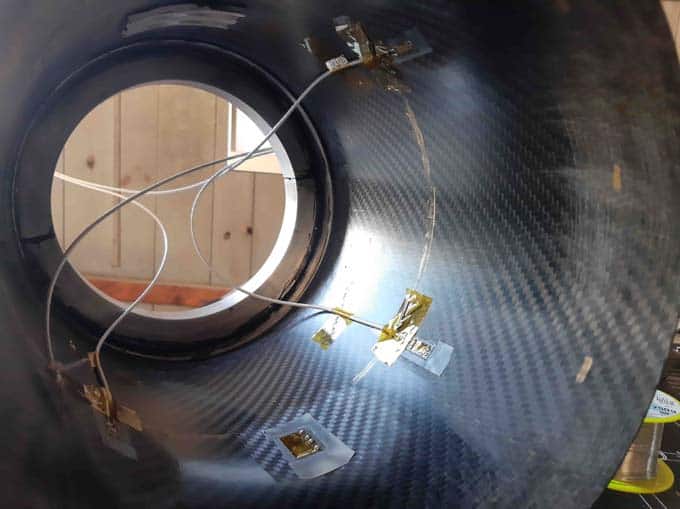

 Three interactive workshops with other experts will complement the presentations. The event will be moderated by Stephan Klapproth for the twelfth time in a row.
Three interactive workshops with other experts will complement the presentations. The event will be moderated by Stephan Klapproth for the twelfth time in a row.



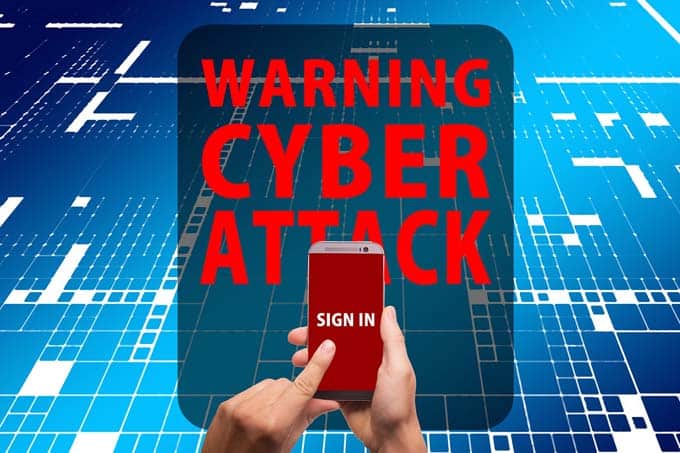
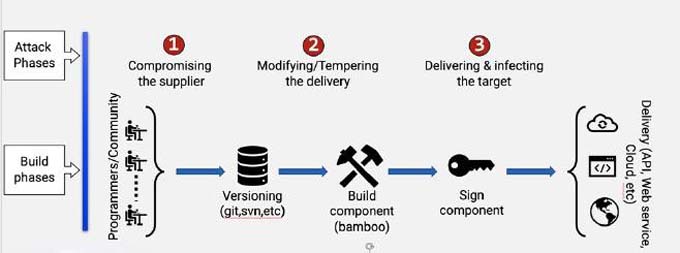

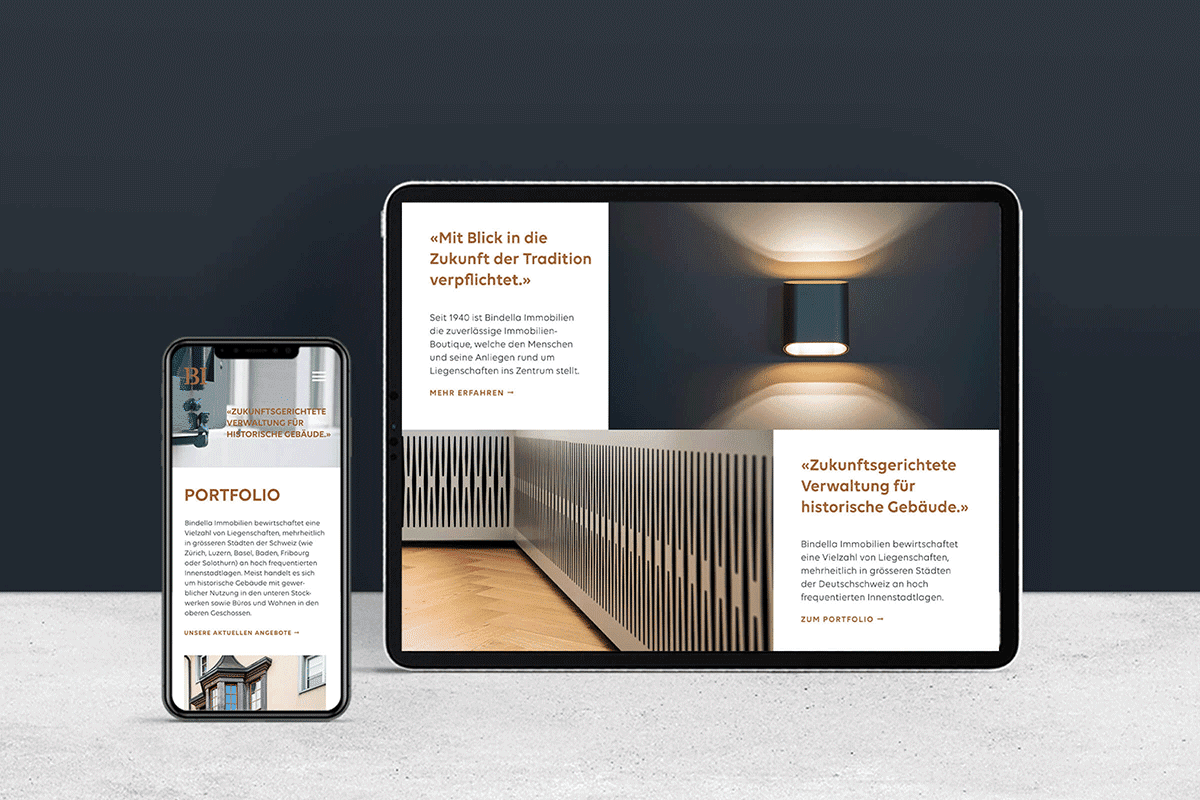


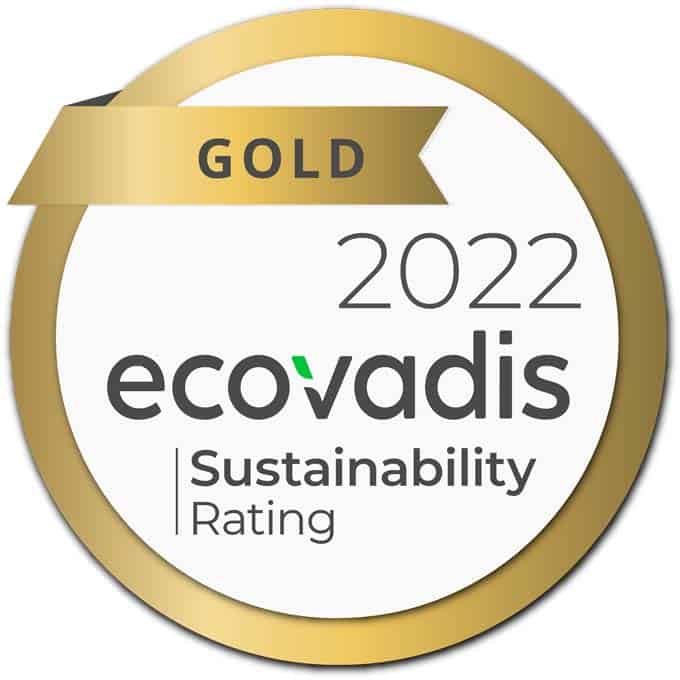

 Romi? That's not the name of the new agency dog or the new intern. No, it's an acronym that currently enjoys almost as much attention as the two above, but spreads far less joy.
At the first hearing, the delegates of the agencies in the customer meeting had probably actually thought that they were talking about a person who was new to the marketing team. The second time around, they might have understood ROI and wondered what that was all about: Return on investment was until now only something that bankers, investors or financiers talked about, but not their client's marketing people?
But the third time they noticed - thanks to Live-Googlen - that it was serious. After all, the M in ROMI stands for marketing, so it had to have something to do with them.
Romi? That's not the name of the new agency dog or the new intern. No, it's an acronym that currently enjoys almost as much attention as the two above, but spreads far less joy.
At the first hearing, the delegates of the agencies in the customer meeting had probably actually thought that they were talking about a person who was new to the marketing team. The second time around, they might have understood ROI and wondered what that was all about: Return on investment was until now only something that bankers, investors or financiers talked about, but not their client's marketing people?
But the third time they noticed - thanks to Live-Googlen - that it was serious. After all, the M in ROMI stands for marketing, so it had to have something to do with them.